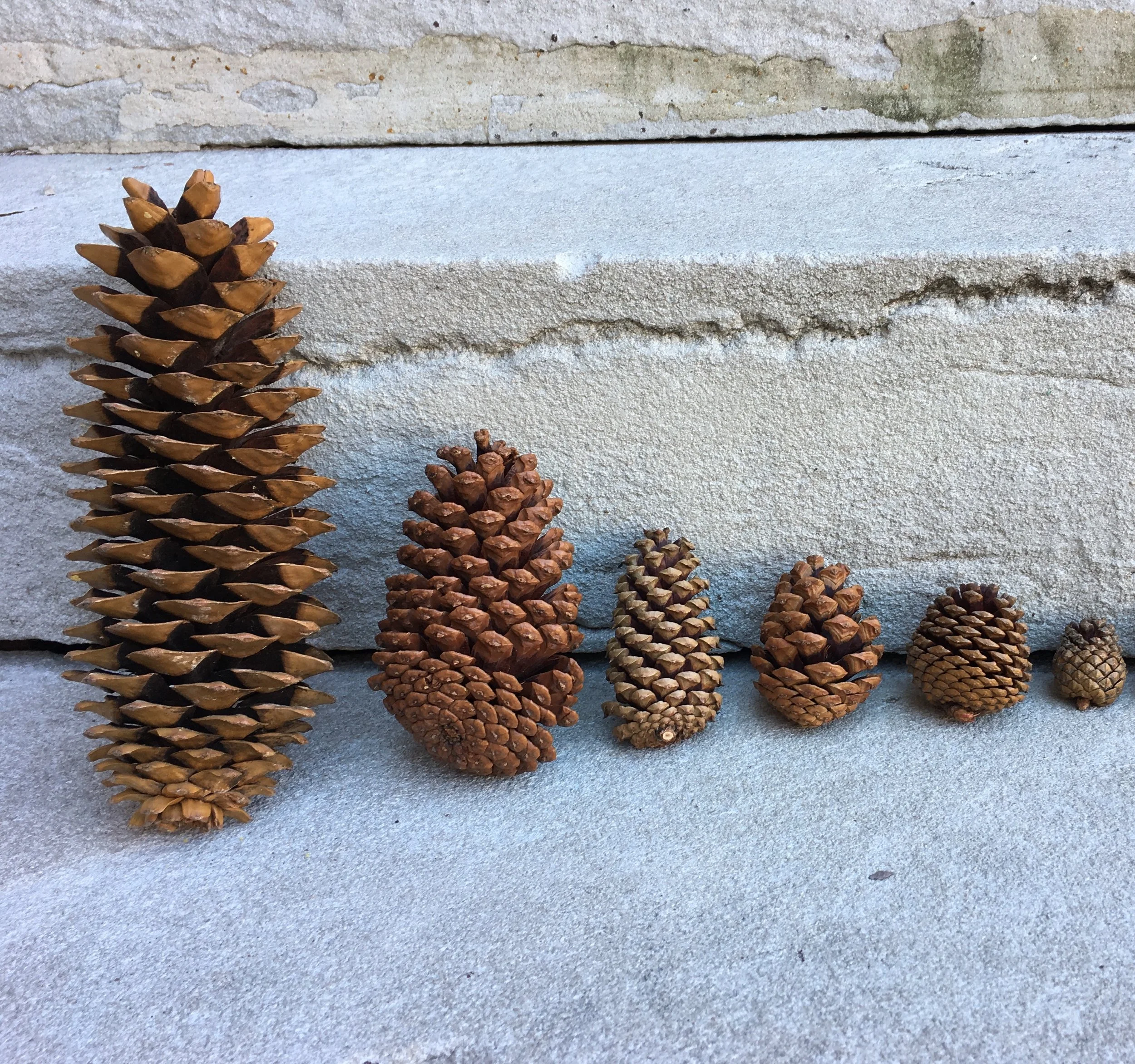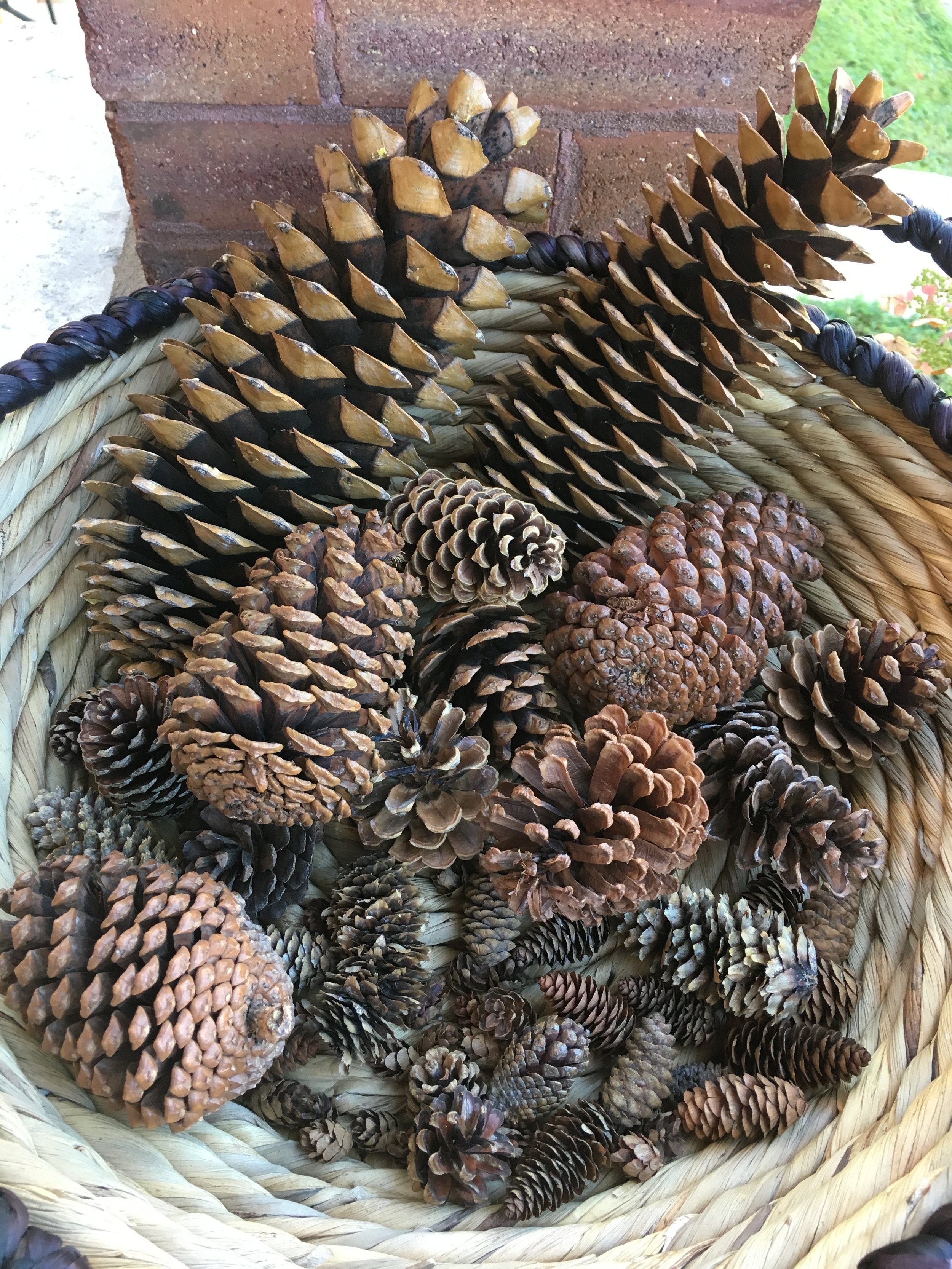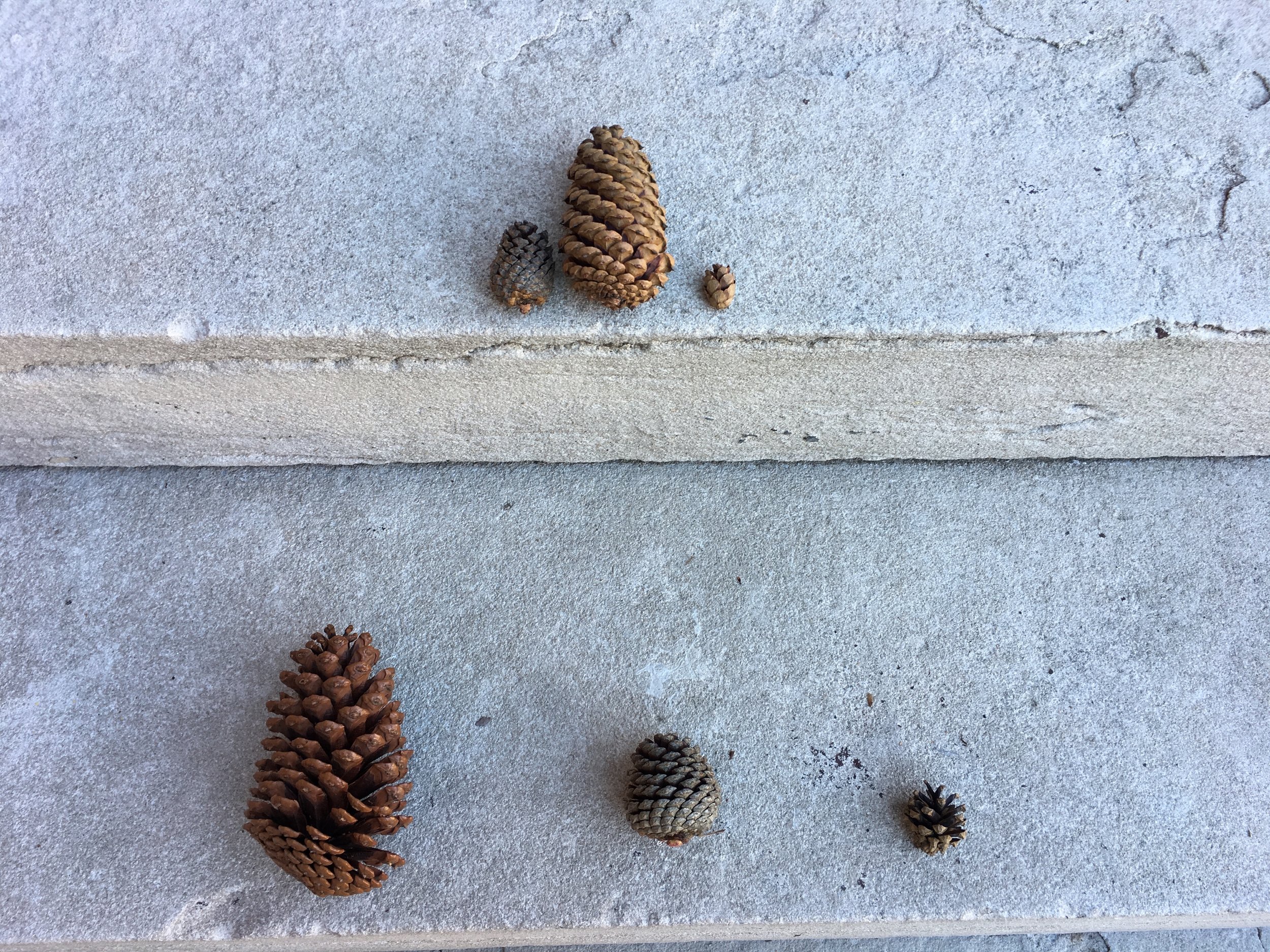“All measurement involves a “fair” comparison”
-Erikson Institute’s Early Math Collaborative
One morning my child was digging around in the pantry when she noticed a potato beginning to sprout. We decided to conduct an experiment and placed it in a glass of water to see if it would grow. Every morning for about a week, we drew a line measuring it’s height. After awhile we found an onion and started the process again. This time we used a ruler and talked about numbers. This took about 2-3 minutes each morning, but provided a powerful experience with measurement.
“Children identify objects as “the same” or “different,” and then “more” or “less,” on the basis of attributes that they can measure. They identify measurable attributes such as length and weight and solve problems by making direct comparisons of objects on the basis of those attributes.” -NCTM Preschool Focal Points”
For this activity use one consistent material to practice preschool measuring skills. Using one material will allow the child to focus on math talk related to “same, different, bigger, smaller, taller, shorter, heavier and lighter.”
Playful Invitation
1. Prepare: Gather any material in an assortment of sizes. I will use pinecones.
Observe the child throughout the interaction. Use the Invitation to Play Documentation Tool to collect data.
2. Invite: Look at all these pinecones! There are so many sizes. Lets compare and put them in order from largest to smallest?
3. Play:
Ask open-ended questions: Tell me about the pinecones. How did you know this one goes here and this one goes here?
Model thinking: Pick up another pinecone and say, I wonder where this one would go? It’s smaller than this one so it must belong over here. But this one is even smaller than the one I’m holding! It must go in between.
Variations might include: using a small number of pinecones, placing a few ahead of time and asking the child where to add pinecones, or putting them into groups of small-medium-large.
4. Reflect and Assess: Did the child use words related to measurement (same, different, bigger, smaller, taller, shorter, heavier and lighter)? Did the child order the materials based on size or length? What else did you notice while observing?
Ready: The child compares between two items, and can indicate which is bigger and smaller. When materials are arranged in order, the child compares to figure out where to place an object.
Ready to move on: Compares and orders a set of objects (size, length or weight).
Extend: Continue comparing and ordering materials based on other ways of measuring, like volume and area. Use various containers and talk about which one holds the most or has the most space inside.
Practice nonstandard measurement using materials. (How many pinecones tall are you?)
Talk about ways we measure using scales, tape measures, rulers, thermometers, etc.
Math Language
Measurement- the process of measuring the size, length, weight, volume and other attributes of an object.
Attributes- characteristic of an item. Examples include color, shape, texture, size, type, number, etc.
Comparison- noticing similarities or differences between two or more items.
Resources
Clements, D.H., & Sarama, J. (2017)*
National Council of Teachers of Mathematics. (2006). Curriculum focal points for prekindergarten through grade 8 mathematics: A quest for coherence.*
*full citations can be found on the Research Page







